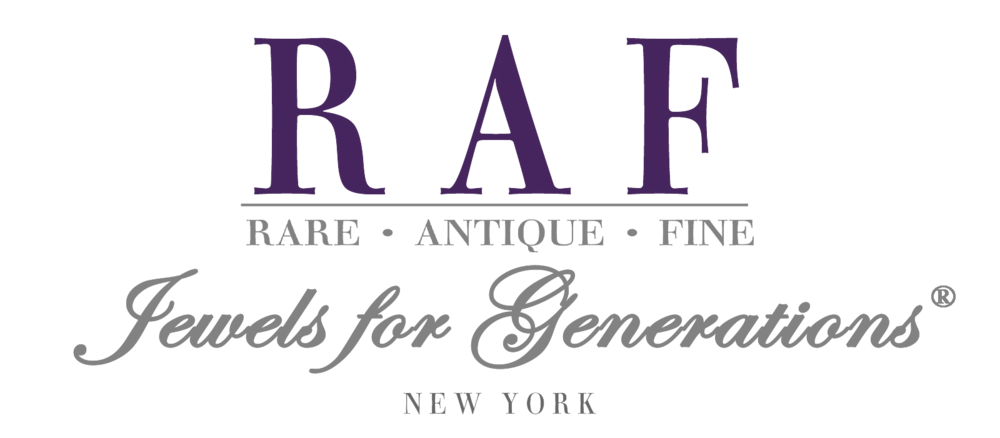Star Ruby
Star rubies are a variety of the mineral corundum that display a unique six-rayed star pattern known as asterism. The star effect is caused by tiny needle-like inclusions of rutile, which align in such a way that they reflect light in a star-shaped pattern when viewed under a single light source.
Some of the key characteristics of star rubies include:
Color: Star rubies can occur in a range of colors, including pink, orange, purple, and brown, but the most prized color is a vivid, intense red, often referred to as "pigeon's blood" red.
Clarity: The clarity of a star ruby is also an important factor in determining its value. The most valuable stones are transparent or nearly transparent, with few visible inclusions or blemishes.
Star pattern: The star pattern of a star ruby is the most important factor in determining its value. A well-defined, sharp star with straight, evenly spaced rays is considered the most desirable.
Here are some of the most famous star rubies:
The Rosser Reeves Star Ruby: This is one of the largest and finest star rubies in the world, weighing 138.7 carats. It is named after Rosser Reeves, a prominent advertising executive who owned the stone for many years. Today, it is part of the collection of the Smithsonian National Museum of Natural History in Washington, D.C.
The De Long Star Ruby: This 100.32-carat star ruby was discovered in Burma in the 1930s and was named after its owner, Edith Haggin De Long. It was later donated to the American Museum of Natural History in New York City.
The Neelanjali Star Ruby: This 52.63-carat star ruby was discovered in Burma in the 1980s and was named after the daughter of its owner. It is notable for its intense red color and sharp, well-defined star pattern.
The Rajaratna Star Ruby: This 2,475-carat star ruby is believed to be one of the largest in the world. It was discovered in Sri Lanka in the 1990s and was named after its owner, a Sri Lankan gemstone dealer named Mr. Rajaratnam.

